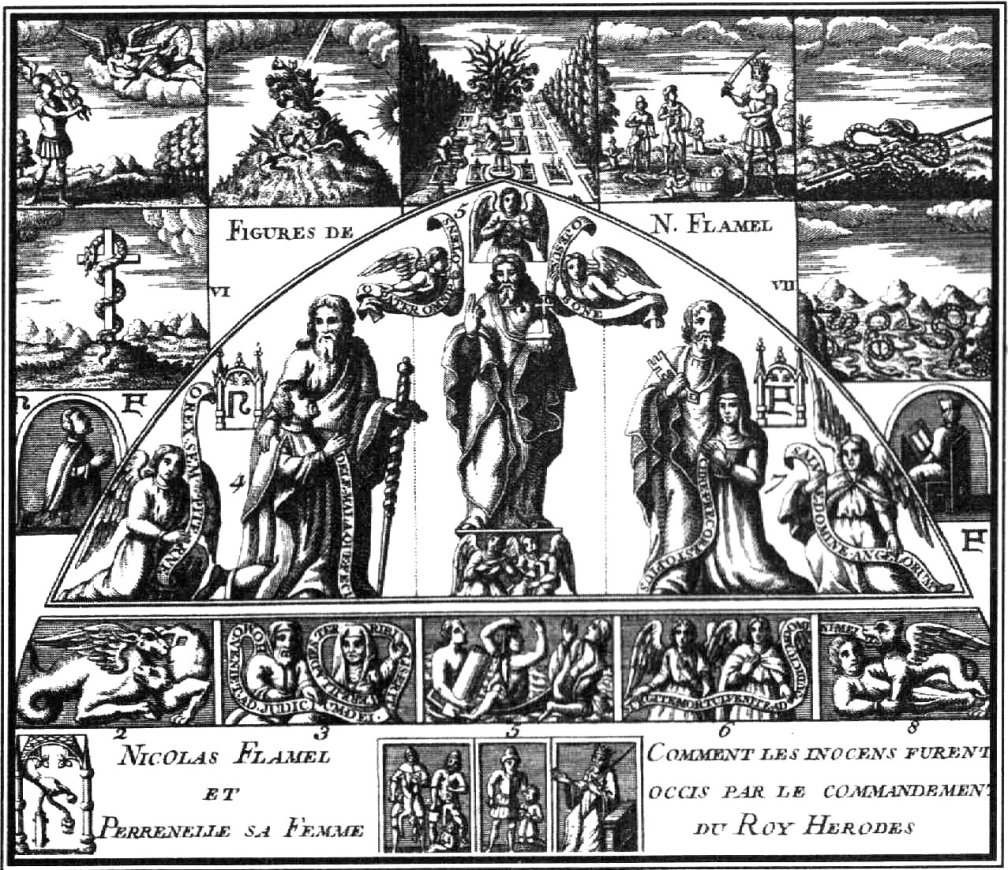from A Tábua de Esmeralda (Philips, 1974)
Original lyrics:
Namomorarado da viúva
Namomorarado da viúva
O namorado da viúva
Passou por aqui
Apressado, pensativo, desconfiado
Olhando prá todos os lados
Pois ele soube
Que na cidade
As apostas subiram dizendo que ele
Não vai dar conta do recado
Que viúva é essa?
Que todos querem mas têm medo
Têm receio de ser dono dela
Dizem que ela tem um dote
Físico e financeiro invejável (eu quero ver!)
O namorado da viúva
Passou por aqui
Namomorarado da viúva
Namomorarado da viúva
Translated lyrics:
The widow’s lover
The widow’s lover
The widow’s lover
Passed by
In a hurry, pensive, suspicious
Looking both sides
Because he knew that in the city
The stakes are high telling
That he won’t make it
Who’s that widow
That everybody wants but everyone is afraid
They fear being her owner
They say she has an enviable
Physical and financial dowry
The widow’s lover
Passed by
The widow’s lover
The widow’s lover
I thought this song was just a strange love song, but actually it is much stranger than that. According to that interview I’ve mentioned on “O homem da gravata florida” post, this song is about another alchemist figure: Nicolas Flamel.
Nicolas Flamel was a 13/14th-century French scrivener and manuscript-seller who, according to Wikipedia (once again!), was thought after his death to have been an alchemist. One of his achievements, according to legend, was that he discovered the Philosopher’s Stone and immortality. Unfortunately, there seem to be no evidence that Flamel is in this world anymore.
 The widow in the song was his wife Pernelle, who was a rich widow who had survived already two marriages when she married Flamel. After burying two husbands, I would also be afraid to marry her.
The widow in the song was his wife Pernelle, who was a rich widow who had survived already two marriages when she married Flamel. After burying two husbands, I would also be afraid to marry her.
One thing I didn’t know was that the cover to A Tábua de Esmeralda comes from a hieroglyphical book attributed to Nicolas Flamel. Actually, when I saw his name on that interview I noticed that on the cover there is the inscription “Figures de N. Flamel”. Actually, it comes from a drawing took from some figures — so it seems to be — from the Cemitère des Innocents in Paris, which existed from the Middle Ages until the 18th century. I read once that during the 14th and 15th centuries, Paris had a shortage of land to bury people because of the plague, so they started exhuming the bodies and placing the bones on the catacombs, which became full. The so-called hieroglyphs from this cemetery, recorded by Nicolas Flamel or later, can be seem as an interesting source for knowing this lost cemetery.
The original drawing for the Tábua de Esmeralda album is as follows.
